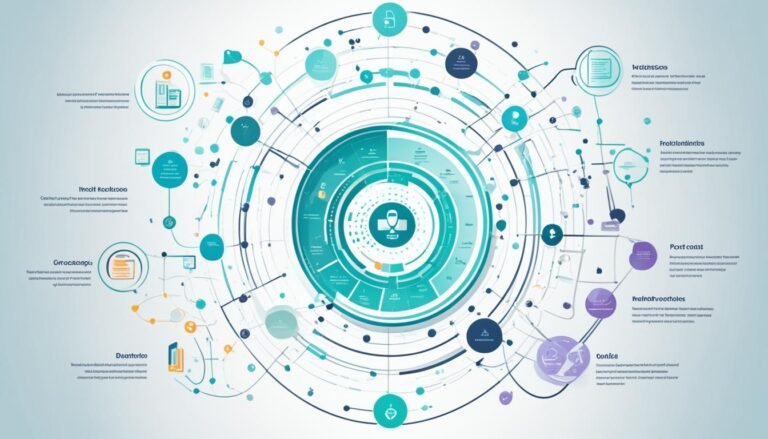How to Be More Effective in Time Management During Shifts
Imagine your shift as a well-orchestrated symphony, each task a note that contributes to the harmony of your day.
But how do you assure that every note is played at the right time and in perfect rhythm?
By mastering the art of time management during your shifts, you can enhance your productivity and efficiency, ultimately leading to a more successful and stress-free workday.
Key Takeaways
- Set clear goals and prioritize tasks using SMART criteria.
- Minimize distractions and create a focused work environment.
- Utilize time blocking and focus intervals for structured productivity.
- Implement strategic breaks for recharging and maintaining energy levels.
Setting Clear Goals
To effectively manage your time during shifts, start by setting clear and achievable goals. Setting SMART objectives is key – make sure your goals are Specific, Measurable, Achievable, Relevant, and Time-bound. This will give you a clear direction and purpose for your tasks. Importance is essential in ensuring that you stay on track. By holding yourself accountable for reaching these goals, you maintain focus and drive throughout your shift.
Daily planning plays a significant role in achieving your objectives. Take time at the beginning of your shift to plan out your tasks for the day. Prioritize them based on importance and deadlines. As you progress through your shift, track your progress towards these goals. This will help you stay organized and motivated, ensuring that you're making the most of your time.
Prioritizing Tasks
Prioritizing tasks is essential for efficient time management during shifts. Task organization is key to ensuring that you tackle the most important and time-sensitive tasks first. Start by listing all your tasks, then rank them based on their urgency and importance. Task delegation is another strategy to contemplate. If you have team members who can assist, delegate tasks accordingly to make sure everything gets done promptly.
Time estimation is critical for planning your shift effectively. Try to estimate how long each task will take and allocate your time accordingly. Task batching can also be helpful. Group similar tasks together to minimize the time lost in switching between different types of activities.
Minimizing Distractions
Minimize distractions by creating a focused work environment to optimize your productivity during shifts. To achieve this, consider the following:
- Limit Multitasking: Focus on one task at a time to avoid spreading your attention thin and improve overall efficiency.
- Organize Your Workspace: Keep your work area tidy and free of unnecessary items to reduce visual distractions and help maintain focus.
- Set Boundaries: Communicate with colleagues about your need for uninterrupted work time to eliminate interruptions and stay on track.
- Use Technology Wisely: Utilize apps or tools that block distracting websites or notifications to enhance concentration and productivity.
Utilizing Time Blocking
When managing your shifts, consider implementing time blocking to structure your tasks effectively and enhance productivity. Time blocking involves setting aside specific blocks of time for different tasks or groups of tasks. It helps you focus by dedicating uninterrupted periods to specific activities.
Task batching is a productivity hack that can be combined with time blocking. This technique involves grouping similar tasks together to streamline your workflow and minimize handovers between different types of activities.
To make the most of time blocking, try using focus intervals. These are short, timed periods where you concentrate solely on one task without interruptions. Pairing focus intervals with time blocking can boost your efficiency.
Additionally, scheduling techniques like prioritizing important tasks during your peak energy hours can optimize your productivity levels.
Implementing Breaks
Consider incorporating strategic breaks into your shift schedule to optimize productivity and maintain energy levels throughout your workday. Mindful breaks allow you to step away from your tasks, recharge, and return with a fresh perspective.
Here are some tips to help you make the most of your breaks:
- Move Around: Physical activity can reenergize you and improve focus.
- Disconnect: Step away from screens and technology to give your mind a rest.
- Hydrate and Snack: Fuel your body with water and healthy snacks to sustain your energy levels.
- Practice Mindfulness: Use your breaks to practice deep breathing or mindfulness exercises to reduce stress and boost mental clarity.
Conclusion
To sum up, by implementing these time management strategies, you can increase your productivity during shifts.
Did you know that employees who effectively manage their time are 40% more likely to be promoted?
So, set clear goals, prioritize tasks, minimize distractions, utilize time blocking, and take breaks to make the most of your time at work.
Remember, time management is key to success!







